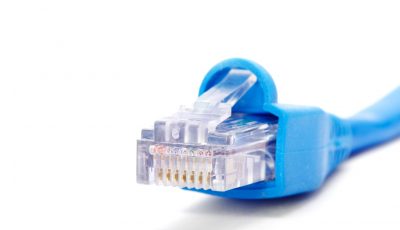Copper
Saipan is one of many places where the term “copper” has been associated with the word “theft.” The metal has often been stripped from infrastructure (such as electrical cables) in order to be sold into the shady side of scrap markets. But there’s a lot more to copper than crime reports. Copper, it turns out, has a wild history.
And it has to be wild to get my attention. After all, I’m no history buff. The few things I think I know about history are probably wrong, so I’ll tell you what I think I know about copper.
As Boy Scouts, we learned that copper’s properties made it good for coins and electrical wiring. Copper is malleable, which allows it to be stamped into detailed forms (good for coins), it is an excellent conductor of electricity (good for wires, motors, and generators), and it can last a long time without being eaten by corrosion (good for anything built with copper).
Still, I never considered copper’s history until I was passing through Butte, Montana.
Like many frontier towns, Butte had gold and silver mining back in the Wild West days. By the late 1800s, though, copper was getting increasingly important. Thomas Edison, in 1879, unveiled one of his inventions: the electric light bulb. Things moved fast after that, and led, among other things, to the formation of the General Electric company in 1892. The electrification of the nation and its consequent hunger for copper made copper mining a lucrative industry.
As for Butte, by the early 1900s its copper mining made it a very rich and sophisticated city. Its historical buildings reminded me a little of Chicago.
One of Butte’s copper mining magnates was a guy named William Clark, who started off in gold mining. He’s one of the richest guys in U.S. history. Clark’s legacy looms all over the West, including Jerome, Arizona (where he operated another copper mine; the town is a tourist attraction now) and his namesake Clark County, Nevada, which is home to Las Vegas.
The old copper mines were mixed up in all sorts of wild intrigues, corruption, skullduggery, and conflicts, much of which has been fodder for books and stories.
For a guy like me, 100 years old is ancient history. But copper runs back to the earliest days of civilization, something like 10,000 years ago. Schoolbook fare when I was a kid held that it was copper that provided the leap from the Stone Age into the age of metalworking, the first step of which was the Bronze Age.
Bronze, and, by the way, brass, are alloys of copper. Bronze is typically a mixture of copper and tin, and brass is a mixture of copper and zinc. This stuff can get complicated with all sorts of metals being mixed in, but the historical gist is that copper was the main player.
As useful as copper is, it’s an industrial metal, not a “precious” metal. So it’s nowhere near as expensive as gold, silver, or platinum are. As of this writing, a pound of copper costs about $2.60. That same heft of gold, by contrast, would cost about $17,760, about on par with most mediocre brands of Valentine candy.
By the way, if you ever want to amuse yourself doing these comparisons, note that gold is measured in Troy ounces, copper in Avoirdupois ounces, and candy in calories.
As important as copper is in American lore, the largest producer of it nowadays is Chile. China is second; Peru, third; the U.S., fourth.
I like to buy little copper souvenirs in gift shops. My favorite such tchotchke was a little egg-shaped casting of solid copper that I got in Montana. Even though it was smaller than a golf ball, it had a satisfying heft to it. It would always roll off my desk, though. Now I can’t find it.
So earlier this week I looked at some copper-selling websites. I found that I could order a 1-lb. bar of copper. It would be a perfect paperweight. At around $10, sure, it’s nearly four times the bare value of the metal, but at least it’s not going to roll anywhere. When I envisioned this bar of copper on my desk, I finally stopped missing the little egg-shaped thing.
I should have quit while I was ahead. But I soon spotted the mother of all copper pieces: a 10-lb. bar of pure copper.
Ten pounds! Now that’s a foot-squasher to perch on my desk. This made the 1-lb. bar seem like a pipsqueak by comparison, so I naturally forgot all about the one-pounder. Hey, go big, or go home; that’s what I say.
Unfortunately, I was home. And before I could order the big copper bar, my wife found out what I was up to. Failing to appreciate the merits of a 10-lb. foot-squasher, she told me to turn off the computer and said it was time for me to clean up the garage.
So this pretty much covers the history of copper, at least up until the garage thing came along.
Meanwhile, I’m back to missing my little copper egg. Oh, well, we’ve still got Montana, at least in my memories, that is. And nobody has figured out a way to steal those. Well, not yet, anyway.



























